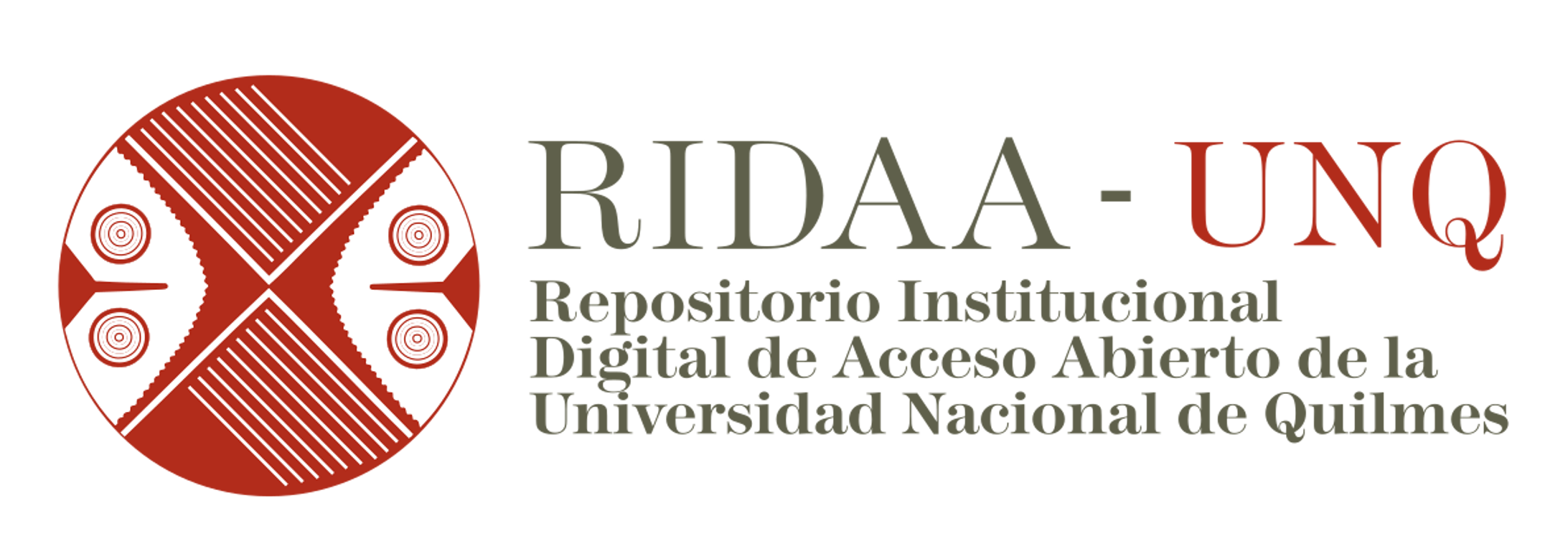Cuatro tipos de desarrollo teórico en las ciencias empíricas
Resumen
En este artículo se arguye que pueden distinguirse cuatro tipos fundamentales de estructuras diacrónicas en la ciencia y que estos cuatro tipos pueden representarse formalmente mediante una versión refinada del aparato del estructuralismo metateórico. Los cuatro tipos pueden describirse como: cristalización, evolución teórica, incrustación y suplantación con inconmensurabilidad (parcial). Ellos se elucidan primeramente en términos intuitivos, informales, y se sugieren algunos ejemplos históricos (algunos de los cuales ya se han reconstruido en la literatura estructuralista). En la segunda parte del ensayo, los cuatro tipos se caracterizan formalmente en términos estructuralistas; en ello tienen un papel central las nociones de subes-tructura parcial escalonada y de red teórica diacrónica. Se exponen los ejemplos del desarrollo de la termodinámica fenomenológica de Clausius como caso de cristalización, y de la mecánica newtoniana y de la termodinámica gibbsianacomo casos de evolución teórica. This paper argues that four fundamental types of diachronic structures in science may be distinguished, and that these four types can be represented formally through a refined version of the apparatus of metatheoretical structuralism. These four types may be described as: crys-tallization, theory-evolution, embedding, and replacement with (partial) incommensurability. They are first explicated in intuitive, informal terms, and some historical examples (some of which have already been reconstructed in the structuralist literature) are suggested for each type. In the second part of the essay, the four types are formally characterized in structuralistic terms; the notions of a partial substructure as an echelon-set and of a diachronic theory-net thereby play a central role. The examples of the development of Clausius's phenomeno-logical thermodynamics as an instance of a crystallization process, and of Newtonian mechanics and Gibbsian thermodynamics as instances of theory-evolutions are laid out.

